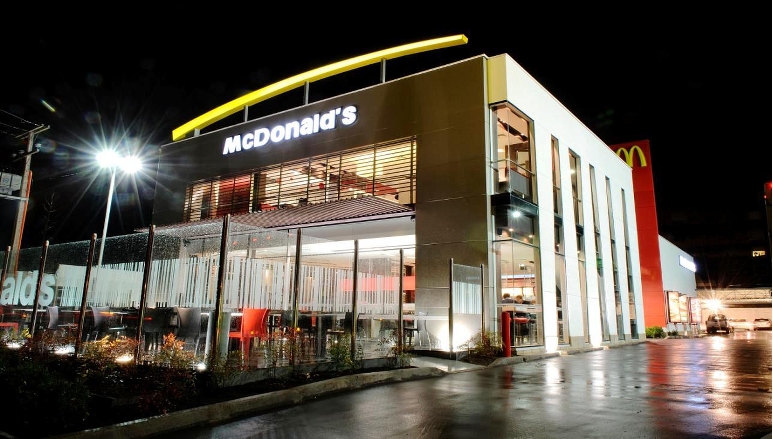Last week this site looked at the idea from Colonial First State Funds Management economists James White and Stephen Halmarick that brands are doomed in a world of perfect information.
Forecasting the end of brands is a big call despite the massive changes the internet is bringing to industries. One of the things I suggested is that the concept of the brand – which was largely born out of Twentieth Century mass communications – is evolving with the social media and online world.
This view is born out by Tom Vanderbilt in an article in Outsideonline where he describes how TripAdvisor is changing the way people travel.
In Ireland Vanderbilt claims the hotel industry found TripAdvisor to be a harsh wakeup call that saw local hospitality businesses lift their game as they realised customers were now far better informed.
Across the Atlantic on Mexico’s Yucatan peninsula Vanderbilt describes how hotel owners in the town of Tulum had to realign their listings and marketing when TripAdvisor changed how they were grouped in the region. It shows how users are searching and finding accommodation.
Importantly for guests, hotel managers are using online reviews to measure how their premises are measuring up to expectations through social tools and using the results to justify capital expenses on upgrades.
This could justify White and Halmarick’s view that the major global brands such as the Marriots, Hiltons and Sheratons are in decline however it more likely shows those chains are having to raise their game to maintain their worldwide position.
What Vanderbilt, White and Halmarick indicate though is social channels are changing the way the hospitality industry works. This is an opportunity for smaller operators to build strong brands in their own niche or region.







